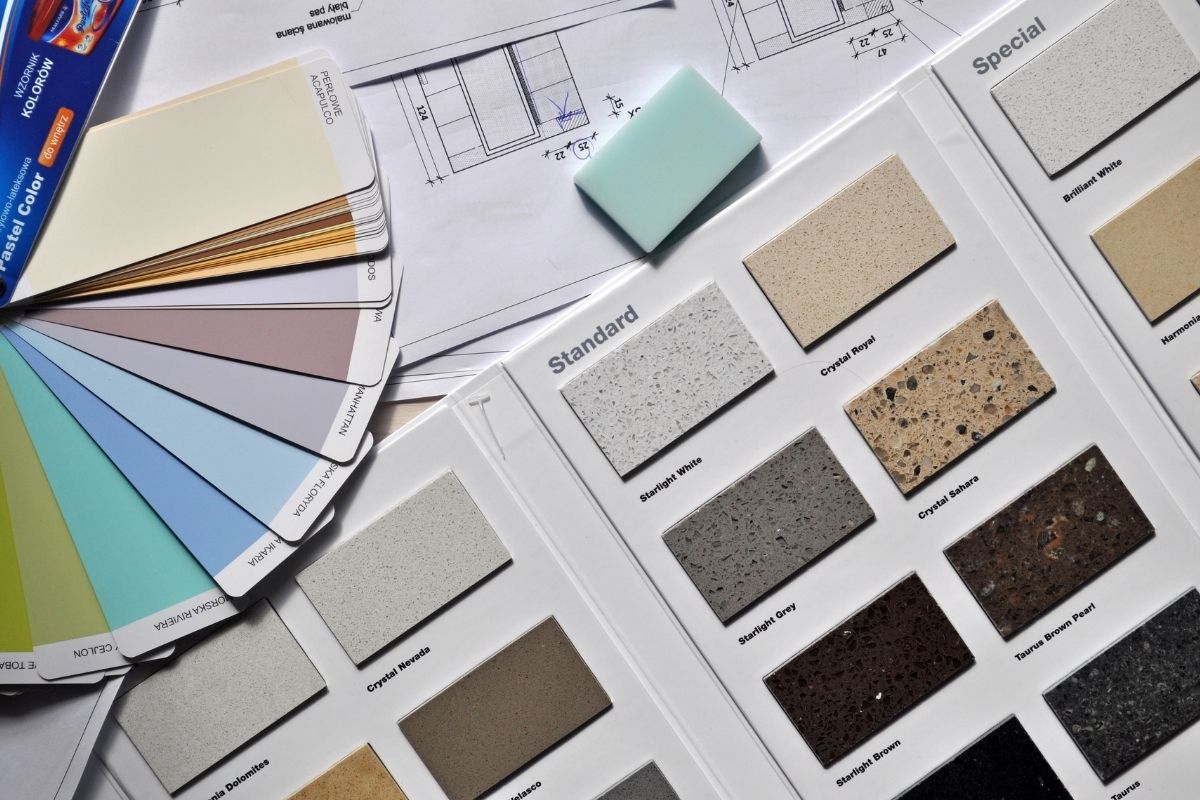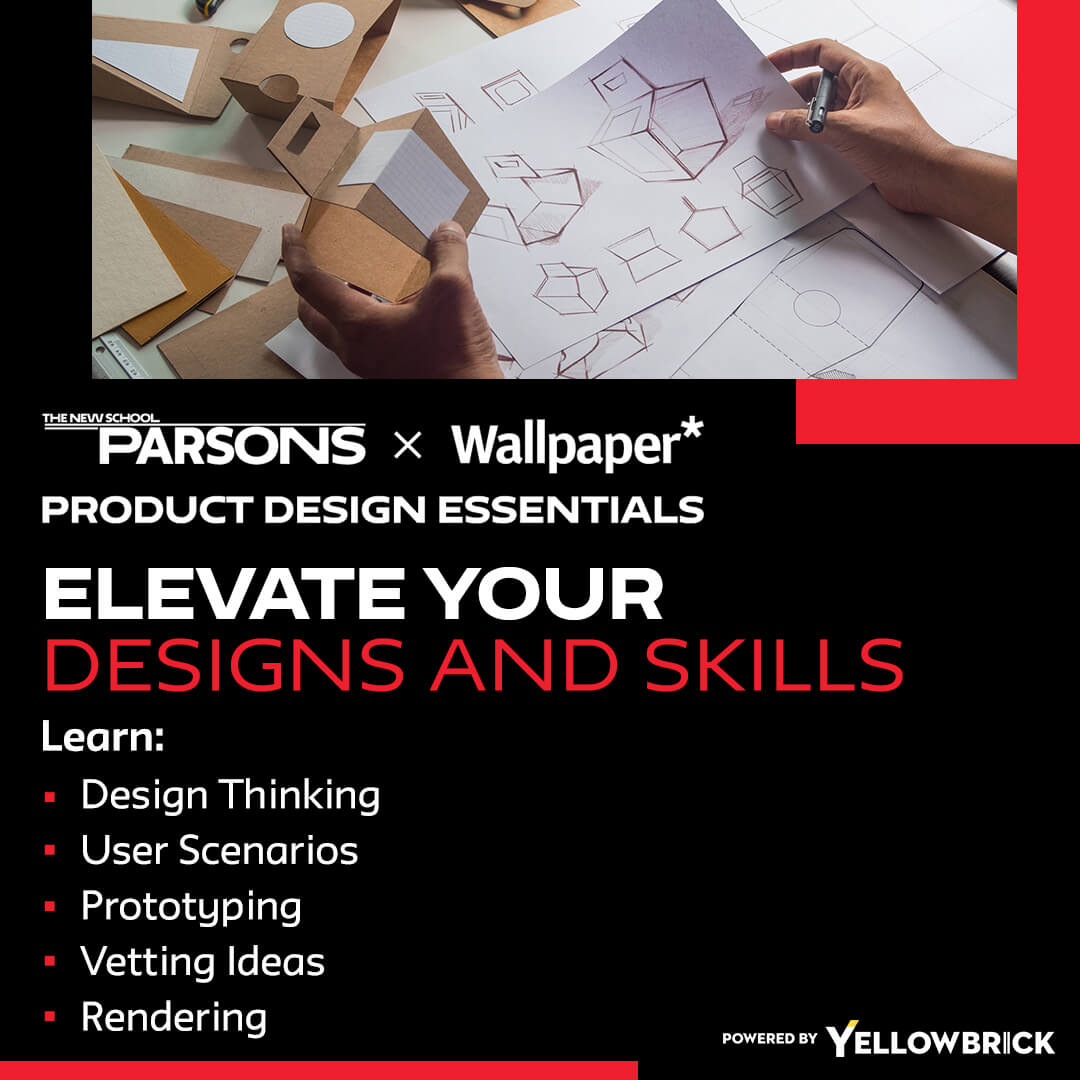Sprints as a Tool for Product Design Education

Everyone can think like a designer. If you go into your kitchen and open your door, you will see some tools that you use very regularly. I bet that you will also see tools that you used once, or maybe some that you’ve never used at all. Those tools just sit there at the bottom of the drawer. Why is that?
Why are the tools that you go back to time and time again on top? Why do the tools on the bottom just sit there waiting to get cleaned out or just gathering dust? There must be something that you really like about the tools you use all the time. Other tools on top may simply be really functional.
Maybe the ones that sit on the bottom, however, could have been designed better. The fact that you have this preference for tools that you use all the time over the ones that you do not means that you, too, can think like a designer.
As designers, sometimes we undertake really long processes that take months of research and thinking. However, we can also do really short product design processes called “design sprints.” A design sprint takes a long process and presses it into a few hours, days, or weeks, depending on the nature of the project and how many people are involved. Each sprint allows you to try an abbreviated version of a product development process to see if there’s “something there.”
Take a can opener or fruit peeler, for example, such as the tools in the OXO Good Grips line of products. OXO Good Grips was inspired by the fruit peeler of a woman with arthritis.
Over time, the woman realized that it was really difficult to use her fruit peeler. It was particularly hard for her to hold it due to the limited mobility in her hands. She thought to herself: “well, I wish there was a better fruit peeler.”
The woman happened to be connected to a kitchen goods manufacturer. They enlisted the help of designer Tucker Wemeister and his team, a firm called Smart Design, to develop a better fruit peeler. The blade of the fruit peeler did not make much of a difference for the woman; it was actually the handle that helped.
The team made a nice and comfortable handle for their fruit peeler. The woman found that the peeler was a pleasure to use in the hand: grippy, a little soft (but not too soft!), and not too slippery. When her hands were wet and she was trying to peel a carrot, it worked well because it did not slip as much and was easier to hold.
The next time you go to your kitchen, I encourage you to look at the tools that you use, the tools you reach for over and over again. Ask yourself: “What is it about these products that I really love using? Why do I reach for this time and time again?”
At the same time, open your kitchen junk drawer. Ask yourself: Okay, what is in here? Why do I never use these? Is there a design opportunity with your kitchen tools? Could you design them better?
There are opportunities for design sprints all around you. They may be in the kitchen, around the house, in the car, or even in the bathroom. In your everyday life and throughout your online product design education, you will find that the world is full of design opportunities. You never know where inspiration is going to come from.


